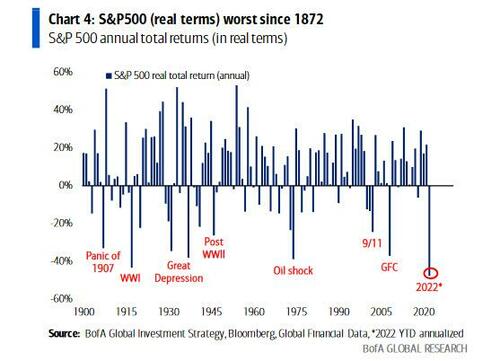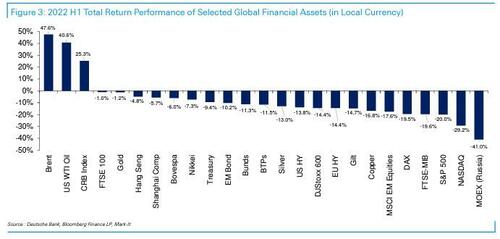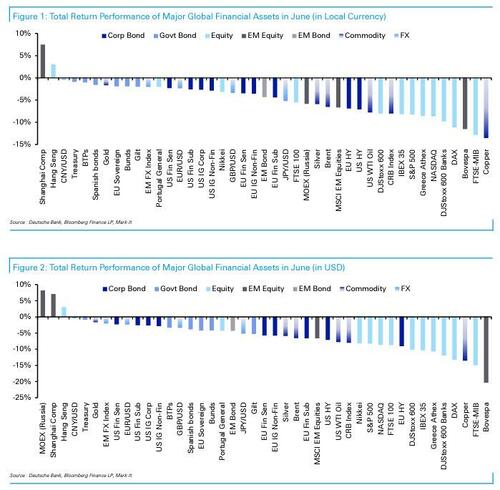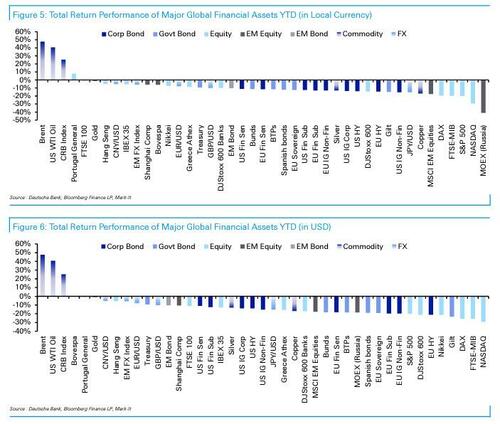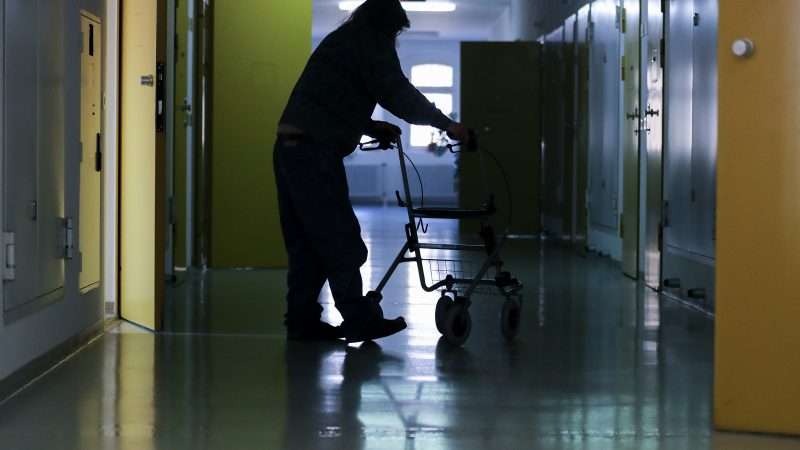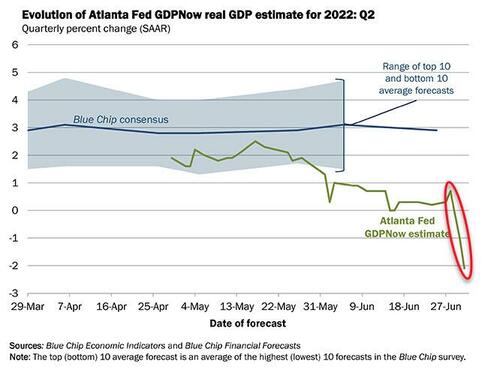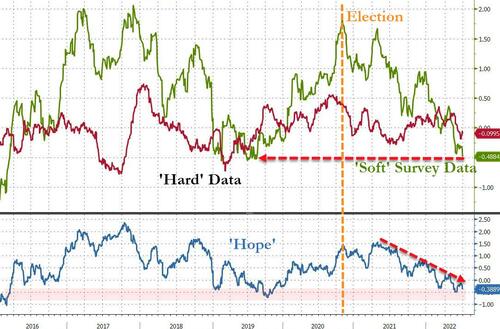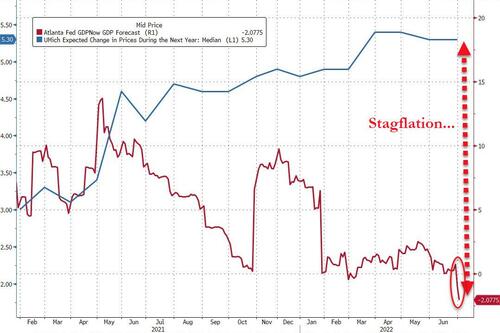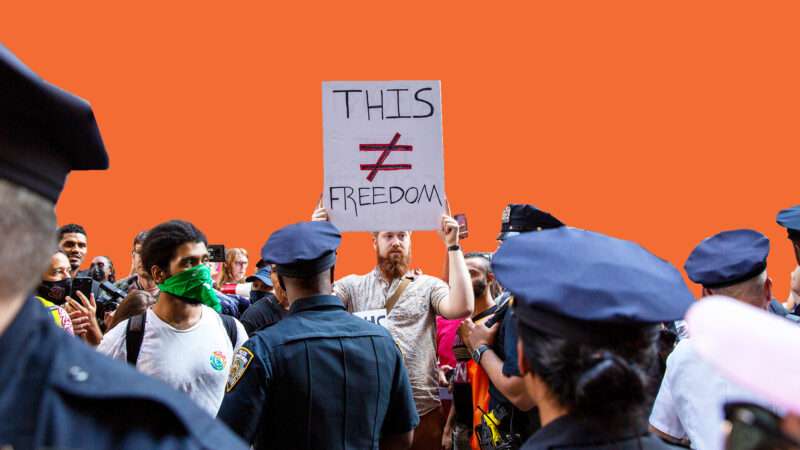From Perlot v. Green, decided yesterday by Chief Judge David Nye (D. Idaho), the facts:
On April 1, 2022, the law school at the University of Idaho held a “moment of community” in response to an anti-LGBTQ+ slur that had been left anonymously on a whiteboard in one of its classrooms …. Plaintiffs Perlot, Miller, and Alexander are law students and members of the University’s chapter of the Christian Legal Society (“CLS”). Plaintiff Seamon is a professor at the law school and the CLS faculty advisor.
At the event, Plaintiffs gathered in prayer—with members of their society and others—in a showing of support for the LGBTQ+ community. After the prayer concluded, Jane Doe {a queer female and a law student at the University of Idaho School of Law} approached the group and asked those present why the CLS constitution affirms that marriage is between one man and one woman. Plaintiff Miller explained that CLS adhered to the traditional biblical view of marriage and sexuality—including the concept that marriage is defined as being between one man and one woman. Jane Doe expressed her opinion that the Bible did not support such a conclusion. Miller explained further that the Bible defines marriage as between one man and one woman in several places and that it condemns homosexuality—along with all other sins. Plaintiff Seamon purportedly affirmed Miller’s explanation of CLS’s position on marriage.
According to both sides, the parties then parted ways without further comment. Shortly after the event, Plaintiff Perlot left a handwritten note on Jane Doe’s carrel. The note read—in its entirety: “I’m the president of CLS this semester. Feel free to come talk to me if you have anything you need to say or questions you want to ask. I’m usually in my carrel: 6-034. over by the windows. Peter [smiley face].” {Defendants relay that Jane Doe interpreted this action as “violating” her private carrel with “messaging she interpreted as one of the Plaintiffs’ efforts to proselytize about extreme hateful religious dogma that [she] emphatically rejects.”}
A few days later, on April 4, 2022, Plaintiffs Perlot and Alexander attended an event with other students regarding the American Bar Association’s accreditation of the law school. According to Plaintiffs, Jane Doe and others raised concerns about CLS and its members—namely that they held religious beliefs that were bigoted and anti-LGBTQ+. Plaintiff Alexander then spoke up, defended CLS, and stated that the biggest instance of discrimination he had seen on campus was actually against CLS and the administration’s failure to timely recognize and register it as a group.
That same day, several students staged “walkouts” for two of the courses taught by Plaintiff Seamon—seemingly in response to his participation at the event on April 1.
Also on April 4, Defendant Lindsay Ewan—Deputy Director of OCRI— interviewed Miller about the events that took place during the law school’s community event on April 1.
Three days later, on April 7, 2022, Plaintiffs Perlot, Miller, and Alexander received no-contact orders from OCRI. Apparently, Jane Doe reported to OCRI that Plaintiffs’ actions at the events described above left her feeling “targeted and unsafe.” The no-contact orders prohibit Plaintiffs from having any contact with Jane Doe unless they receive advance permission from OCRI. The orders apply on and off campus, do not have termination dates, and state that “[a]ny action deemed to be in violation of this no- contact order will be taken seriously and considered retaliation. Further action may be taken by this administration as a result, which could include suspension or expulsion.” …
After the filing of this suit—in fact after Plaintiffs had filed the instant PI Motion— OCRI issued a limited contact order against Plaintiff Seamon.
Plaintiff Seamon is a law professor. Sensing the community event may have caused Jane Doe stress, Seamon emailed her on April 3, 2022, to express his concern for her well-being. Jane Doe thanked Seamon for “reaching out,” said she was still processing matters, and stated she would speak to him later in the week during his office hours. Jane Doe never met with Seamon, however, and began attending his class online due to some personal health issues. Seamon reached out again on April 26, 2022, to inquire whether Jane Doe wanted to speak. On April 27, 2022, Jane Doe sent an email to Seamon, copying the law school’s dean and associate dean, in which she stated, in part:
Your event caused me to fear for my life at the university of Idaho. I am scared to be on campus, I am scared to be in your class. I fear you. I fear the CLS. My life, my grades, my law school career are not safe with a professor that is actively working towards taking away my human rights.…
The group you are the admin for, subjected me and others to violent verbal abuse, in which you took the lead on and agreed with. This has created unpreparable [sic] damage to your students and faculty at the school of law. If you continue to email me, I will file get [sic] a restraining order from the police.
Jane Doe then demanded that Seamon respond to the Deans (and not her) affirming that she would not be docked participation points for attending class remotely. Jane Doe gave Seamon a deadline by which to respond.
On May 10, 2022, OCRI issued a limited contact order against Seamon. Like the no-contact orders issued to the student Plaintiffs, this order prohibits Seamon from contacting Jane Doe for anything except “what is required for classroom assignment, discussion, and attendance.” … {[U]nless otherwise noted, the use of the phrase “Plaintiffs” in the remainder of this decision means the student Plaintiffs and not Seamon.} {[Prof.] Seamon has not joined the PI Motion. … [but] the Court notes that its discussion and findings today would likely apply to Seamon as well. [After all], Seamon’s allegations mirror those of Perlot, Miller, and Alexander, and the Court’s legal analysis as to those Plaintiffs would extend to Seamon as he is similarly situated.}
The court concluded the no-contact orders were highly likely to be content- and viewpoint-based, because they were issued because of content and viewpoint of Plaintiffs’ speech, and were therefore presumptively unconstitutional; and none of the law school’s justifications for such speech restriction were sufficient:
[Defendants] they claim they had essentially no choice under Title IX but to issue the no-contact orders…. Title IX—and Defendants’ own policy—define harassment to include “conduct on the basis of sex” {[which, i]n light of the Supreme Court’s decision in Bostock v. Clayton County, … necessarily includes discrimination on the basis of sexual orientation or gender identity} that is “determined by a reasonable person to be so severe, pervasive, and objectively offensive that it effectively denies a person equal access to the University’s education program or activity.” But there appears to be no sexual harassment in this case….
Nothing here appears to be “so severe, pervasive, and objectively offensive” as to hamper Jane Doe’s access to her University education. See Davis ex rel. LaShonda D. v. Monroe Cty. Bd. of Educ. (1999) (to be actionable, harassment must be “so severe, pervasive, and objectively offensive that it effectively bars the victim’s access to an educational opportunity or benefit”). What’s more, “[t]here is no categorical ‘harassment exception’ to the First Amendment’s free speech clause.” “Harassment law generally targets conduct” and it can “sweep[ ] in speech … only when consistent with the First Amendment.” Rodriguez v. Maricopa County Comm. College Dist. (9th Cir. 2010). {Additionally, “core political and religious speech,” is “within a student’s First Amendment rights” even if it “offends someone,” so long as it “does not pose a realistic threat of substantial disruption.” Saxe v. State Coll. Area Sch. Dist. (3d Cir. 2001).} See also Lopez v. Candaele (9th Cir. 2010) (finding that a university would have to take a “strained construction” of its own sexual harassment policy to make it “applicable to religious speech opposing homosexuality or gay marriage”)…. Using Title IX as an excuse when there is no underlying sexual harassment to trigger Title IX is untenable and jeopardizes the vitality of Title IX….
Defendants assert that “no one has a right to press even ‘good’ ideas on an unwilling recipient,” Rowan v. Post Office Dept. (1970), and that the no-contact orders protect Jane Doe from being an “unwilling recipient” of speech she disagrees with so she can “be free from persistent importunity, following and dogging” (citing Hill v. Colorado (2000)). {[But] Rowan involved the sending of unwanted materials into the sanctuary of another’s home, not a public interaction. In fact, the paragraph cited by Defendants ends with this sentence: “The asserted right of a mailer, we repeat, stops at the outer boundary of every person’s domain.” } …
[And t]he Court in Hill made a clear distinction between the right to attempt to persuade others to change their views and offensive speech that is so intrusive that the unwilling audience cannot avoid it. The right to free speech cannot be curtailed simply because the speaker’s message may be offensive to his audience. {After all, “[w]e are a social people and the accosting by one of another in an inoffensive way and an offer by one to communicate and discuss information with a view to influencing the other’s action are not regarded as aggression or a violation of that other’s rights.” Hill. A person’s interest in freedom from “importunity, following and dogging” ripens only “after an offer to communicate has been declined.” Jane Doe made no such request in this case. She never declined to speak with Plaintiffs; in fact, she initiated the interactions at the two events. And while the University took some initial “investigatory” steps, those steps were largely one-sided. At no time did Jane Doe—personally or via OCRI—tell Plaintiffs she did not want to speak with them before the no-contact orders were issued. The University never provided an opportunity for informal resolution either.} …
Defendants offer virtually no support for their somewhat novel proposition that limited public interactions should require a no-contact order to allow a person to be free from persistent importunity, following, and dogging. {Defendants cite to a case out of the Eleventh Circuit, Doe v. Valencia College (11th Cir. 2018)) in support of this proposition. The facts of that case, however, are drastically different from what is present in this case—to the point that it is all but inapplicable. In Doe, the college suspended a male student who sent a female student “dozens of messages throughout the night making lewd references to her body.” The female student made “repeated pleas that he stop contacting her,” but “he continued to send unwanted messages over a period of days.” He even sent her twenty messages after the college imposed a time limited no-contact order…. [T]he court concluded that the college could suspend the male student for invading the female student’s right “to be let alone.” Again, Plaintiffs’ attempts to respond to Doe’s inquiries are nothing like the student’s behavior in Doe.}
And, contrary to Defendants’ argument, the Supreme Court has repeatedly affirmed that the “college classroom with its surrounding environs is peculiarly the ‘marketplace of ideas.'” Healy v. James (1972). Without the freedom “to inquire, to study and to evaluate,” the Court has warned that “our civilization will stagnate and die.” Sweezy v. New Hampshire (1957).
{Could behavior similar to the behavior alleged here warrant Title IX intervention? Possibly. For example, if Plaintiffs were to persist in contacting Jane Doe against her wishes or were to escalate their efforts to more invasive or harassing contact, the Court could understand how that would disrupt Jane Doe’s educational experience. As it stands, however, it appears to be the general tenor of Plaintiffs’ beliefs (expressed or not) that is causing Jane Doe stress rather than anything Plaintiffs actually said or did. It goes without saying that individuals interact with, work among, and even live with, people with whom they disagree. But such does not warrant intervention. And even in an educational setting (where the government is an actor), a person does not have a right to be shielded from everything with which they disagree.} …
Defendants next claim the no-contact orders at issue here are “mutual” and, therefore, are not specifically directed at Plaintiffs or their speech, but rather at creating a harmonious environment amongst all students…. It does appear that Jane Doe was issued a similar order at her request…. But there is a stark difference between a student receiving an order because she said, “I don’t want people contacting me and, therefore, I agree not to contact them,” and a student receiving an order saying, “You cannot contact other people because of your behavior/speech/viewpoint.” …
Defendants further argue Plaintiffs can still talk to anyone else on campus about whatever they want and, therefore, their actions were “narrowly tailored”—it was just Plaintiffs’ speech as applied to Jane Doe. But Defendants miss the mark. “If the state wishes to regulate speech, then it must undertake the burden to show a precise nexus between that speech and some evil which the state has a right to prevent.” … Defendants cannot “abridge[ ]” Plaintiffs’ “exercise of [their] liberty of expression in appropriate places … on the plea that it may be exercised in some other place.”
Furthermore, it is not actually clear Plaintiffs will be able to talk about whatever they want with whomever they want in the future. As discussed, the speech at issue here can hardly be said to be harassment. But when each Plaintiff stated his religious view, such views were deemed harassing and worthy of action by OCRI. What happens when Plaintiffs discuss their religious views with others? It is not difficult to imagine another student (or professor) taking offense to something Plaintiffs say and trying to utilize OCRI’s process in this manner again.
{Additionally, the Court notes that Plaintiff Seamon will be teaching a course this fall on the Fourteenth Amendment and individual rights. He is the only professor for this required course. Jane Doe is enrolled in this course. It remains unknown to what degree Plaintiff Seamon will be allowed to interact with Jane Doe without incurring discipline. What’s more, a class on individual rights will surely discuss topics that some might find polarizing. If Seamon discusses individual rights in regard to the legal topics of LBGTQ+ rights, abortion, immigration, religion, or race, does he run the risk that someone will take subjective offense to his comments and allege he is violating their individual rights in his individual rights class? The question seems almost satirical.} …
Finally, Defendants argue there is no harm because they view the no-contact orders as non-punitive. Again, the Court disagrees. Plaintiff Perlot recently applied to sit for the State of Oregon bar exam. The application requires applicants to disclose any “no contact order[s]” they have received and warns that “[l]ack of complete candor” could lead to “denial of admission to the bar.” Because the no-contact orders in this case still apply to graduated students, Perlot had to explain the no-contact order as part of his application. The Oregon Bar investigation is ongoing. Defendants’ subjective view of the no-contact orders does not alter the punitive nature of an investigation by a state’s professional licensing board.
The court also concluded that the orders violated the student plaintiffs’ Free Exercise Clause and Due Process Clause rights:
Under the Free Exercise Clause, a law or rule that is not neutral or generally applicable is subject to strict scrutiny…. Defendants’ no-contact orders show hostility to religious people and beliefs and thus flunk neutrality.
Similarly, Defendants issued the no-contact orders to Plaintiffs with almost no due process. While it appears OCRI began a quasi-investigation, they did not provide any of the Plaintiffs with notice of the allegations against them or allow Plaintiffs to respond to the allegations. Frankly, they did not involve Plaintiffs in any meaningful way. Rather, Defendants issued the orders because they were “requested by [Ms. Doe]” and “deemed”—in Defendants’ own estimation—”reasonable based on the information presented.” …
There is a sad irony in the fact that the restraint on Plaintiffs’ speech began at an event meant to reiterate acceptance and tolerance and to dissuade bullying and marginalization. The Court shares law school Dean Johanna Kalb’s hope that, at a law school, “classrooms and hallways will be a place of robust discussion and debate” and that “the foundation for all of these discussions [will be] mutual respect and grace.”
Some may disagree with Plaintiffs’ religious beliefs. Such is each person’s prerogative and right. But none should disagree that Plaintiffs have a right to express their religious beliefs without fear of retribution. The Constitution makes that clear…
The court therefore ordered the no-contact orders rescinded, and wiped from the plaintiffs’ records.
The post No-Contact Order Against Law Students (and Professor) Based on Conversation About Homosexuality and Bible … appeared first on Reason.com.
from Latest https://ift.tt/lIjxyuY
via IFTTT


